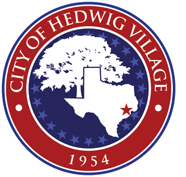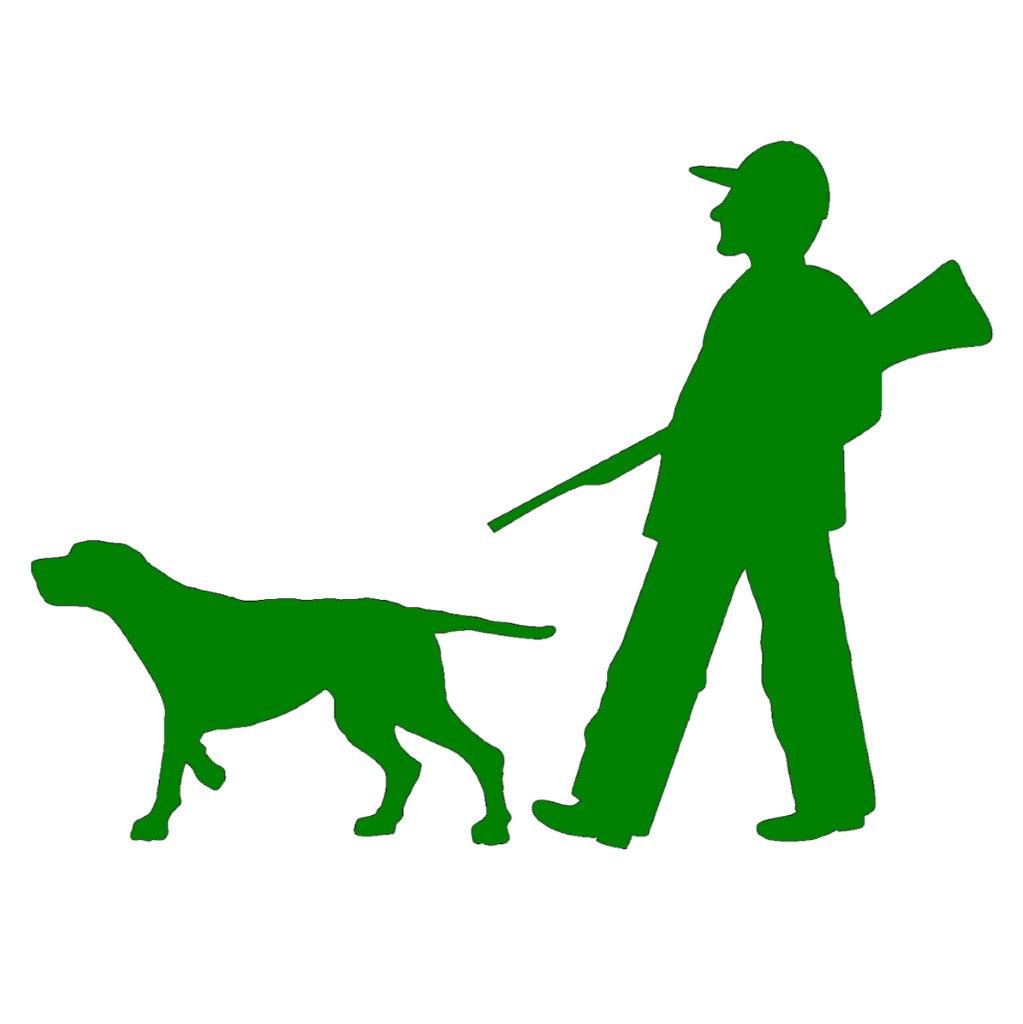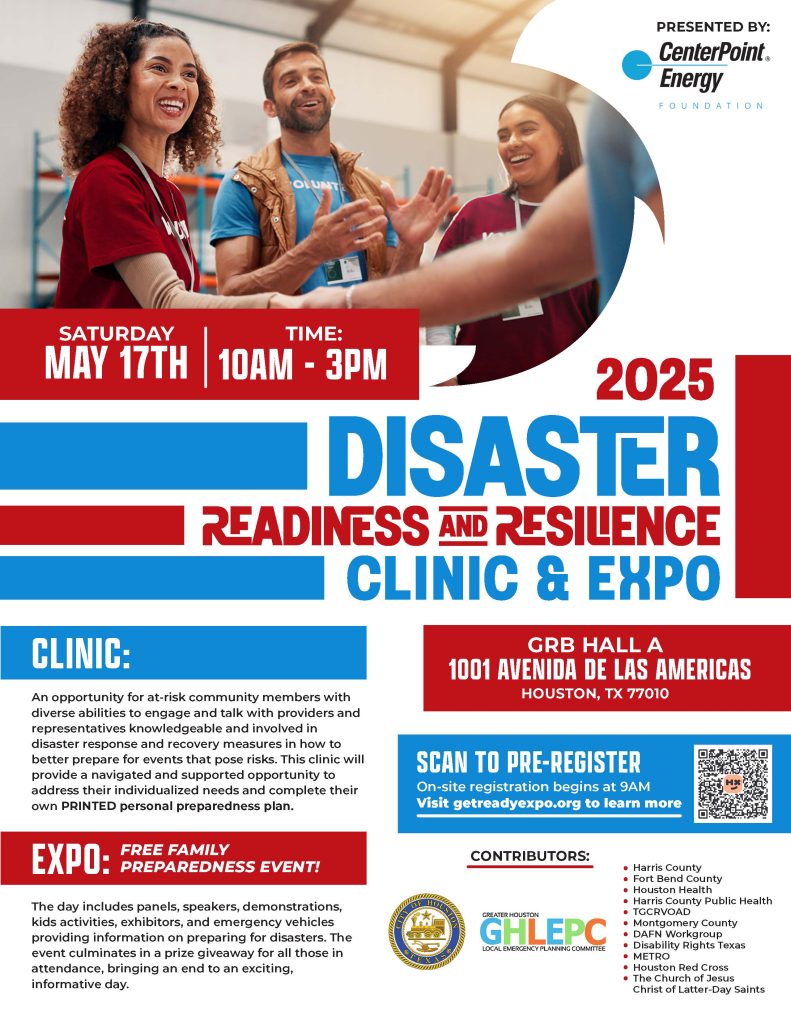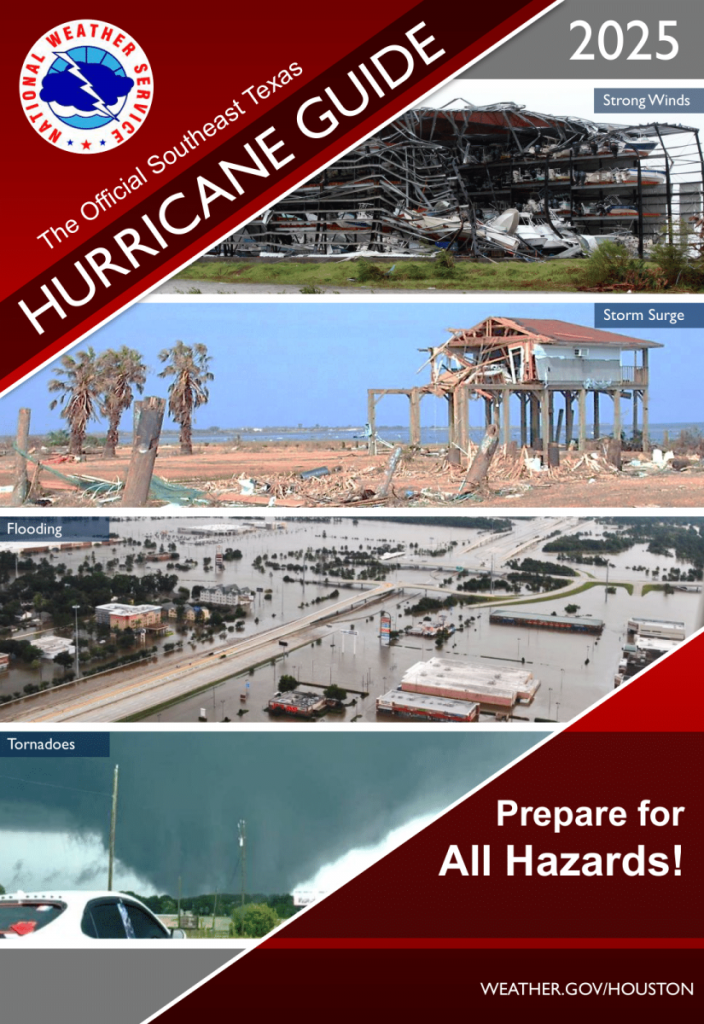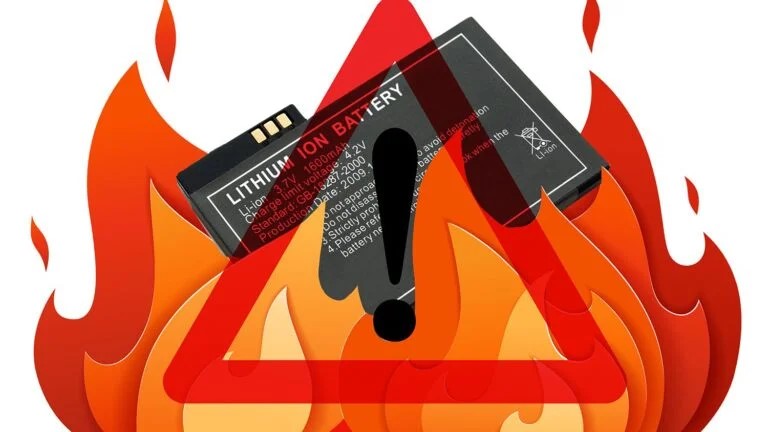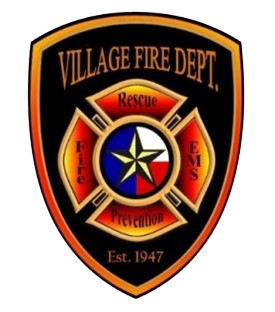
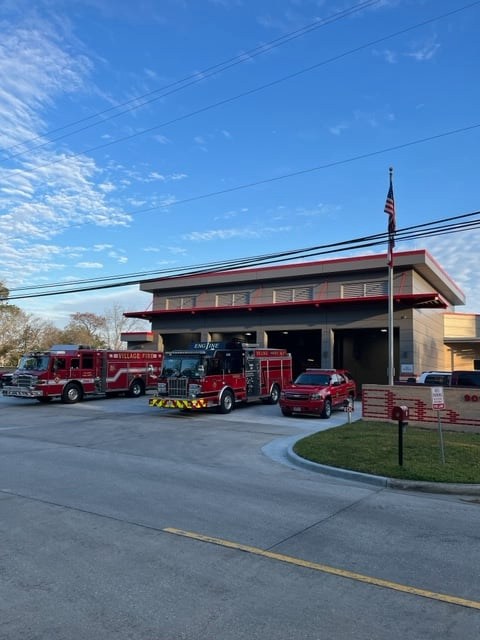
Village Fire Department
ISO Class 1
The Village Fire Department has been awarded a Class 1 Public Protection Classification rating by the Insurance Service Office (ISO), an organization which independently evaluates municipal fire protection efforts in communities throughout the United States.
The Class 1 rating is the highest possible score given to any fire department nationwide. The Village Fire Department is 1 of 74 agencies in Texas and 411 in the United States of roughly 45,000 fire departments.
Serving The Memorial Villages
A collection of six individual cities (Bunker Hill, Hedwig, Hilshire, Hunters Creek, Piney Point, & Spring Valley), covering over nine square miles, with a residential population of over 20,000 people – by providing both fire and emergency medical services.
Request for Qualifications: Professional Audit Services
The Village Fire Department is seeking the services of qualified firms with certified public accountants to audit its financial statements for the fiscal year ending December 30, 2025, with an option to renew annually for up to five additional one-year terms. All work must be performed in accordance with generally accepted auditing standards and applicable government Auditing Standards.
Click HERE for more information.
Drug Disposal
Old prescriptions left unsecured in the home can often be an easy source for someone thinking about unsafely using prescription medications and can be dangerous for pets or children who may accidentally ingest them. They can also be confusing for elderly people who may have multiple prescriptions.
Click HERE for more information and search the Drug Disposal Locator Tool for permanent drug disposal boxes in your area.
IMPORTANT INFORMATION
May 5, 2025
HOUSTON, TX — Members of the public and the media are invited to attend and cover the Disaster Readiness and Resilience Clinic & Expo on Saturday, May 17, 2025, from 10:00 AM – 3:00 PM at the George R. Brown Convention Center (Hall A). This high-impact event will bring together residents, emergency response organizations, city and county agencies, non-profits, and volunteer groups in a collective effort to equip the Houston area for the upcoming hurricane season.
With participation from the City of Houston, Harris County, and numerous community-based organizations, the Expo will feature a full day of educational panels, interactive exhibits, and hands-on resources designed to help residents prepare for natural disasters.
A key component of the event is a Disaster Access and Functional Needs (DAFN) Clinic, offering targeted information and services for individuals with disabilities and others who may have additional needs during emergencies.
Event Details:
What: Disaster Readiness and Resilience Clinic & Expo
When: Saturday, May 17, 2025 | 10:00 AM – 3:00 PM
Where: George R. Brown Convention Center, Hall A
Media outlets are encouraged to attend and cover the event. Interviews with organizers, city and county officials, panelists, and attendees can be arranged on-site.
This event is free and open to the public and serves as a critical effort in promoting safety, awareness, and resilience across the Houston area. With hurricane season approaching, access to timely, accurate, and actionable disaster preparedness information is essential. The Expo provides a unique opportunity to reach thousands of residents in one place and help ensure our communities are ready before a storm hits.
April 22, 2025
2025 Southeast Texas Hurricane and Severe Weather Guide: Website Link
2025 Southeast Texas Hurricane and Severe Weather Guide: PDF Link
October 1, 2024 | Washington, DC
Chrysler has issued a new recall for more than 154,000 model year 2020-2024 Jeep Wrangler plug-in hybrid electric vehicles and model year 2022-2024 Jeep Grand Cherokee plug-in hybrid electric vehicles due to a risk of fire while parked or driven.
Owners should park their vehicles outside and away from structures and other vehicles until their vehicle has been remedied. In addition, owners should not charge unrepaired vehicles, because the risk of fire is higher in a charged battery and the risk of fire is reduced when the battery is depleted.
The recall affects 118,230 Jeep Wrangler PHEVs and 35,802 Jeep Grand Cherokee PHEVs. There have been two alleged injuries reported to date. The affected vehicles may have been built with a high voltage battery that may fail internally.
To fix the issue, Chrysler dealers will update the battery pack control module software. Dealers will also inspect and, if necessary, replace the high-voltage battery.
Owners can expect to be notified by mail starting Oct. 17 and can contact Chrysler customer service at 800-853-1403. The NHTSA recall numbers are 24V-720 and 24E-080.
Owners can also visit NHTSA.gov/recalls or call NHTSA’s Vehicle Safety Hotline at 888-327-4236 and enter their license plate number or 17-digit vehicle identification number to see if their vehicle is under recall. NHTSA also encourages everyone to download its SaferCar app to stay informed on current recalls.
Public Service Announcement - Lithium-ion Batteries
Recently, the United States has seen an increase in rechargeable battery fires causing significant damage to single and multifamily residences. In the Villages, we have experienced three fires in 8 months resulting from lithium-ion batteries. Several organizations have put out educational materials to help minimize the risk of potential hazards. Please take the time to read about proper storage, usage, and preventive measures to take when charging batteries. The UL’s Fire Safety Research Institute has created a website containing information about battery safety. Please take the time to visit www.batteryfiresafety.org to learn more.
